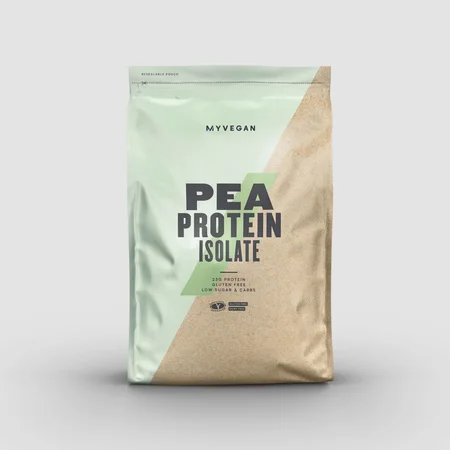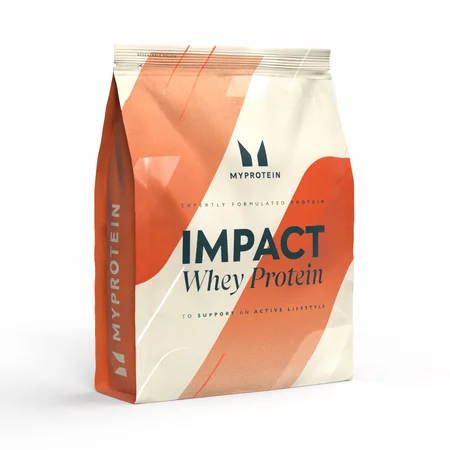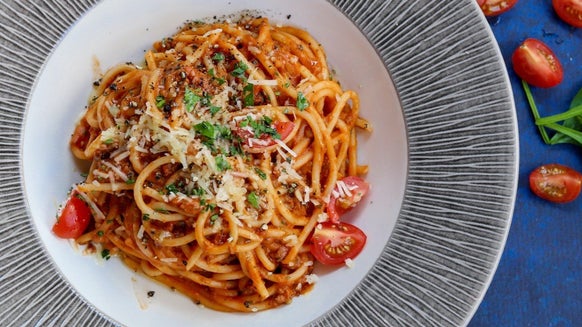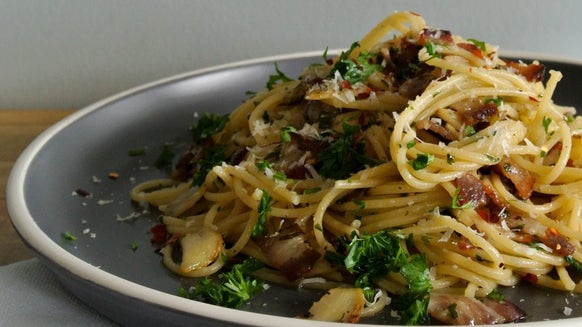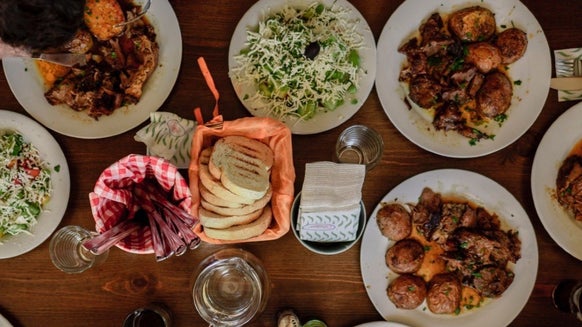These Are The Best Foods For Cutting This Spring

Wondering what the best foods for cutting are?
It's spring – summer's nearly upon us and that means it's cutting season for some. While we'd advocate a healthy diet all year round, you might be wondering what the best foods for cutting a little excess body fat are while holding on to as much of your hard-earned muscle as possible. Read on to find out the facts...
You'll find in this article:

How To Cut
You’ll find a wealth of conflicting information out there, but the truth is, research has shown us time and time again that by simply restricting your calorie intake and sticking to it, you’ll lose weight. There’s some individual variability with regards to the amount of weight you can lose, but by and large, it’s been shown again and again that it’s as simple as calories in vs. calories burned.
The issue with this is that restricting your calorie intake
Rather, research suggests that, as well as the number of calories you consume, you ought to be looking more closely at the macronutrient composition of your diet. That’s the amount of protein, carbohydrates and fats you’re consuming every day – while eating the healthy foods you’ve always been told to eat (to ensure you get the nutrients your body requires).

There are lots of different weight-loss strategies out there, and one that works for one person could be less suited to another. Scientific research into long-term weight loss tells us that the most effective way to lose weight is to select a diet that you can stick to – no matter if it's the latest trend or not.
It's important to remember that resistance exercise like weight lifting is known to stimulate muscle-protein synthesis, which means that during periods of cutting, it's important to keep exercising to maintain as much muscle mass as possible.
How Many Calories For Cutting?
It's well-known that your body needs to be within a calorie-deficit to lose weight, which means intaking less than you expend.
To calculate how many calories you need to eat every day, you should first calculate your 'basal metabolic rate', or BMR. This is the number of calories you need to simply exist over 24 hours, without moving or exerting yourself. This is based on things like age, gender, height and weight.
Once you've worked out your BMR, you can work out your 'total daily energy expenditure', or TDEE, which is the number of calories you need every day for your body to perform its bodily functions and also physical movement like daily activities and exercise.
The calculations used are considered the most accurate available, but there may be a little variation a few calories either way. The good news is that this isn't likely to make a noticeable difference to your progress.

Dietary Macronutrient Composition
When you're eating fewer calories than your body needs on a daily basis, your body begins to break down its tissues for energy (known as 'catabolism'), causing weight loss.
Protein
The amount of tissue breakdown that occurs within muscles during calorie restriction has been shown to be directly related to the amount of protein available in the body. This is known as 'net protein balance'.
For this reason, research has shown that one of the most important dietary components for retaining your muscle mass during periods of calorie restriction is protein.
Research in the Journal of Sports Sciences recommends that in order to retain as much muscle mass as possible during periods of weight loss, you should be consuming up to 1.8-2g of protein per kilogram of bodyweight per day. Some research has also found that up to 2.4g of protein per kilogram of bodyweight per day is more effective in retaining muscle mass.

Carbohydrates
Carbohydrates have become the least trendy macronutrient lately – probably due to the rising trend of high-fat, low-carb diets like the ketogenic diet.
The truth is that carbohydrates provide our bodies with the most efficient form of energy it needs to perform at its best during a workout, and there may not be any need to cut them out of your diet. Studies have shown that both low-fat and low-carbohydrate diets result in similar amounts of weight loss – it's about finding a balance that you can stick to in the long run.

Fat
Fats provide us with lots of essential nutrients, and are an important component of any diet. However, research has shown that it's important to eat enough protein to minimise the amount of muscle you lose during weight loss, so based on this, you'll need to reduce your calories from either your carbohydrate or fat intake, or both.
Choose the diet that you can stick to the best, while ensuring you're not missing out on any important nutrients. Carbs are brimming with B vitamins, and fats are full of essential fatty acids and vitamins A, D, E and K, so you may want to think about taking a supplement if you choose to restrict your intake while you're cutting.

Best Cutting Foods
When you're trying to cut down your body fat, you should eat less calories than your body uses. Most people find that counting their calorie and macronutrient intake is easiest when using a nutrition tracking app, but that's down to personal choice.
Protein
It's important to ensure that you eat enough protein to maintain your muscle mass during calorie restriction. The best cutting foods are considered to be:
- Lean meat
- Fish
- Eggs
- Dairy
- Pulses (like lentils, beans, peas and chickpeas)
- Tofu
- Seeds
- Nuts
Egg yolks, dairy, nuts and seeds contain a little more healthy fat than other sources, while the pulses contain more carbohydrates. If you're restricting either one, pop them into your nutrition tracker to double check.
Protein supplements like
Carbohydrates
When you're cutting, the best carbohydrate sources are the type that digest slowly to prevent you from getting hungry quickly and breaking your diet. These are known as 'complex carbohydrates'. The best foods for cutting are considered to be:
- Whole grains and cereals
- Whole wheat bread, rice and pasta
- Starchy vegetables like potatoes, pumpkin, squash and sweetcorn
After a workout, however, you can refuel your muscles with simple carbohydrates to maintain your body's rate of muscle growth and retention. Ideal simple carbohydrate sources are:
- High-sugar fruits like bananas
- Dextrose, maltodextrin and other carbohydrate supplements
Fat
Fats are an essential part of anyone's diet, and shouldn't be completely cut out, but they're not all created equal. For example, it's advised that your intake of saturated fat should be relatively low (recommendations sit at around 20g per day), while it's thought that your intake monounsaturated and polyunsaturated fats should be higher (around 60g per day). If you choose to temporarily restrict your fat intake while cutting, these numbers will be lower.
In regards to fat sources, the best cutting foods are considered to be:
- Fatty fish like salmon and mackerel
- Nuts and seeds
- Avocados
- Extra-virgin olive oil (eat this cold)
- Olive oil, rapeseed oil (you can cook with these)
The fat in meat and dairy contains more saturated fat than the above sources, but they still contain plenty of essential nutrients. You can try to limit your intake fatty meats and dairy but you don't necessarily need to completely cut them out of your diet.
Fat contains more calories per gram that carbohydrates and protein, so when you're watching your calorie intake, it's a good idea to track how much fat you're consuming.

Take Home Message
No matter the type of diet you're on, the three most important factors during cutting are known to be:
1. Reducing your calorie intake to lose weight
2. Eating enough protein to maintain muscle mass
3. Carrying out resistance exercise to maintain muscle mass
The best type of diet is simply one you can stick with consistently until you reach your goal weight. But, a few treats here and there are unlikely to do any harm, and especially won't hamper your progress if you stay within your calorie and protein intake goals.
It's important to note that while it's great to have a healthy body mass index, weight-loss diets should be considered as temporary (ideally until you reach a healthy weight). You shouldn't place your diet within a permanent calorie-deficit, as you could be depriving your body of the nutrients it needs to stay functioning properly.
Always remember to consult your doctor before going on a very restrictive eating plan.

